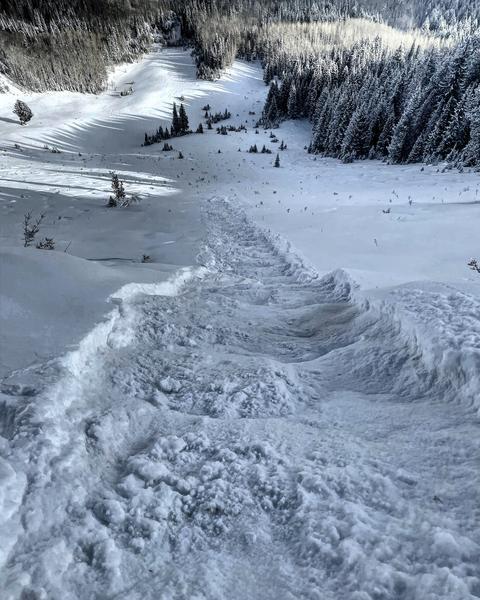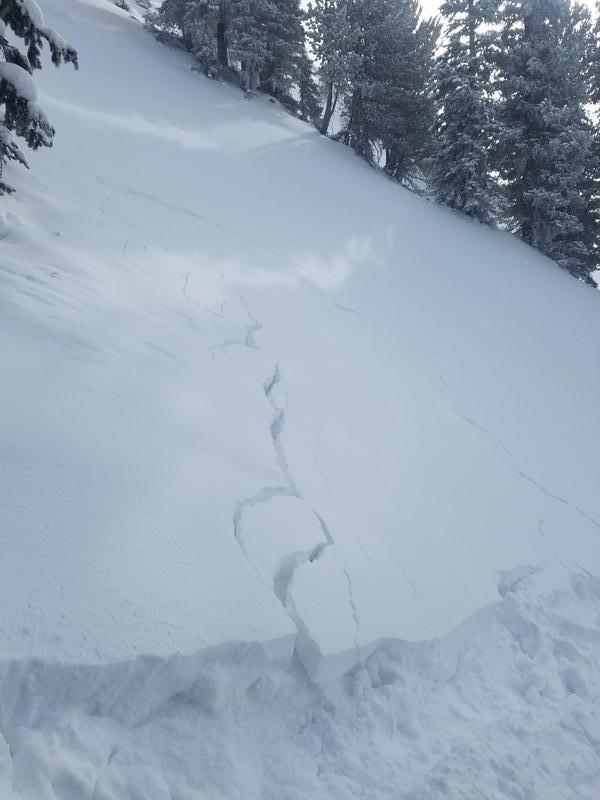Forecast for the Salt Lake Area Mountains

Issued by Mark Staples on
Sunday morning, December 13, 2020
Sunday morning, December 13, 2020
Today the avalanche danger at upper elevations will be MODERATE where winds have deposited snow. Look for and avoid these freshly formed slabs of wind drifted snow which will be small but easy to trigger.
The danger is also MODERATE at all upper elevation slopes and at mid elevations on NW, N, NE, & E facing slopes where you can trigger an avalanche in the new snow on non wind loaded slopes. The new snow should produce loose snow avalanches and possibly some soft slab avalanches where the new snow rests on old, weak, faceted snow.
The avalanche danger is LOW at low elevations and at mid elevations on west and south facing slopes.
HEADS UP: There is a significant danger of hitting rocks, stumps, and other obstacles. These hazards will be hard to see, but they will be easy to hit because they are covered by yesterday's low density snow. Go slow and be careful. There are many reasons to avoid getting hurt and further stressing emergency services and the health care system

Low
Moderate
Considerable
High
Extreme
Learn how to read the forecast here







